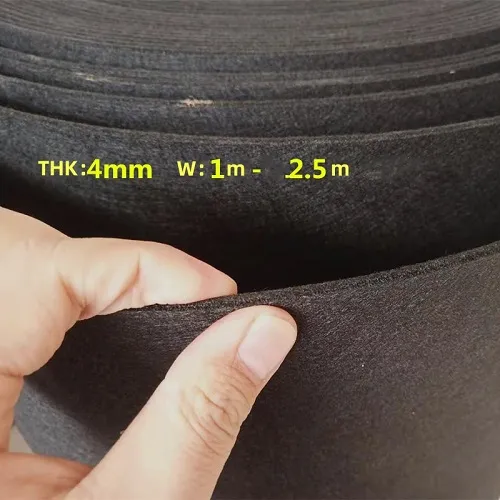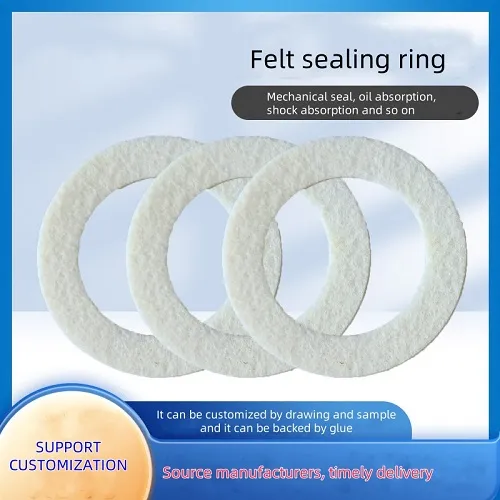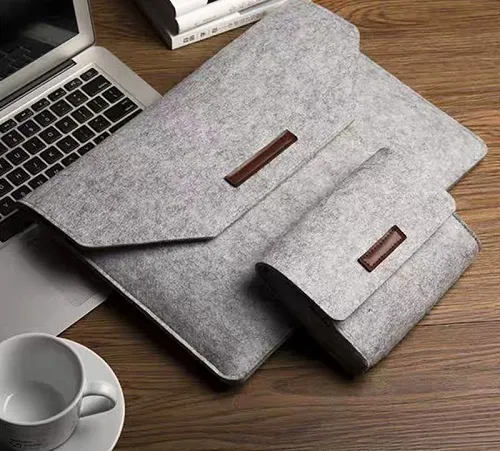Exploring the Techniques and Essentials of Creating Durable Felt Fabric for Various Applications
Exploring Felt Fabric Construction
Felt fabric, a unique textile with a distinct texture and properties, has been used for centuries in various applications, from clothing to crafts and industrial uses. The construction of felt fabric is a fascinating process that sets it apart from other fabrics like woven or knitted textiles. This article explores the fascinating world of felt fabric construction, detailing the materials, methods, and characteristics that define this versatile material.
What is Felt Fabric?
Felt is a non-woven textile that is made by matting, condensing, and pressing fibers together. Unlike woven fabrics, which are created by interlacing threads in a specific pattern, felt is formed through a combination of heat, moisture, and pressure, causing the fibers to interlock and create a dense, sturdy material. This unique construction gives felt its characteristic qualities, such as durability, insulation, and sound absorption.
Materials Used in Felt Construction
The primary materials used in felt fabric construction are animal fibers, particularly wool, and synthetic fibers like polyester and acrylic. Wool is favored for its natural elasticity and ability to trap air, providing excellent thermal insulation. Additionally, wool fibers have scales that allow them to interlock more easily during the felting process. On the other hand, synthetic fibers offer durability and resistance to moths and other environmental factors, making them suitable for various applications.
The Felting Process
The construction of felt involves a multi-step process. Initially, raw fibers are cleaned, sorted, and carded to align the fibers. The carding process breaks up clumps of fibers and arranges them into a continuous web. Once carded, the fibers can be layered and mixed, allowing for blends of different colors or types of fibers.
felt fabric construction

After preparation, the felting process begins. This step typically involves the application of moisture and heat while agitating the fibers, which can be achieved through rolling, rubbing, or machine processing. As the fibers become wet and heated, they shrink and interlock, creating a dense and sturdy fabric. This process may take several hours, depending on the desired thickness and density of the felt. Once the felting is complete, the fabric is rinsed, dried, and often finished with additional treatments to enhance its properties, such as water resistance or colorfastness.
Characteristics of Felt Fabric
Felt fabric has several notable characteristics attributed to its construction. First and foremost, felt is known for its durability; it does not fray or unravel, making it ideal for various crafts and applications. Its density provides excellent sound insulation and thermal properties, which is why it's often used in garments and home furnishings, such as rugs and soundproofing materials.
Moreover, felt is a very versatile fabric that can be easily cut, sewn, or molded into various shapes without the need for hemming. This adaptability makes it a popular material in crafting, from DIY projects to high-end fashion applications.
Applications of Felt Fabric
The range of felt fabric applications is vast. In the fashion industry, designers often use felt to create innovative garments, bags, and accessories. In crafts, felt is a beloved material for making toys, decorations, and various home decor items. Additionally, in the industrial sector, felt is employed in areas such as automotive insulation, carpeting, and filtration systems. Its ability to withstand wear and tear makes it a practical choice for both functional and decorative uses.
Conclusion
Felt fabric construction is a remarkable blend of traditional craftsmanship and modern techniques. Its unique properties and diverse applications have made it a staple material across industries and mediums. Whether used in fashion, crafts, or industrial settings, felt continues to thrive as a beloved fabric, showcasing the beauty and versatility that can be achieved through innovative construction methods.
-
What Makes Felt a Great Choice?NewsNov.19,2024
-
Total Mixed Ration (TMR) Feed for CattleNewsNov.19,2024
-
The Ultimate Guide for Felt Polishing WheelsNewsNov.19,2024
-
Industrial Felt for Various ApplicationsNewsNov.19,2024
-
Felt Makeup Bags and Inserts BagsNewsNov.19,2024
-
Choosing the Right Hotel TowelsNewsNov.19,2024
-
Your Go-To Guide For Affordable Wholesale Wool FeltsNewsOct.31,2024







